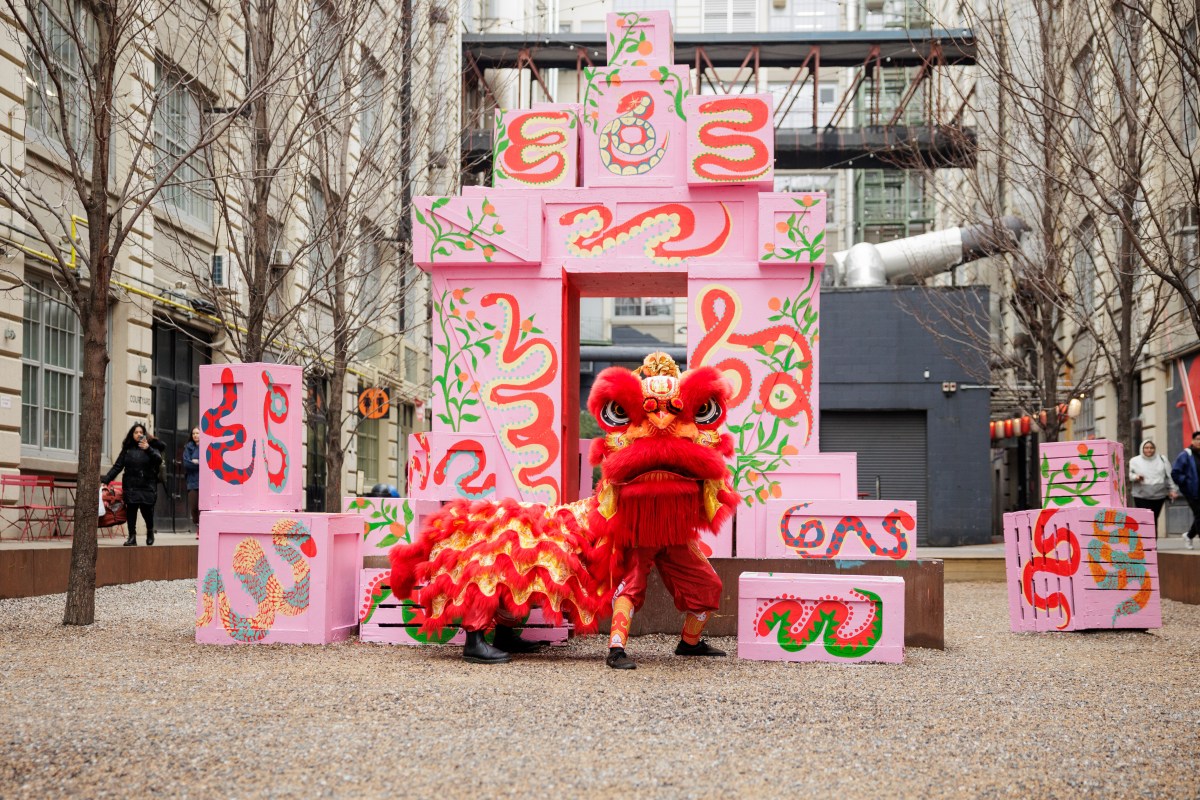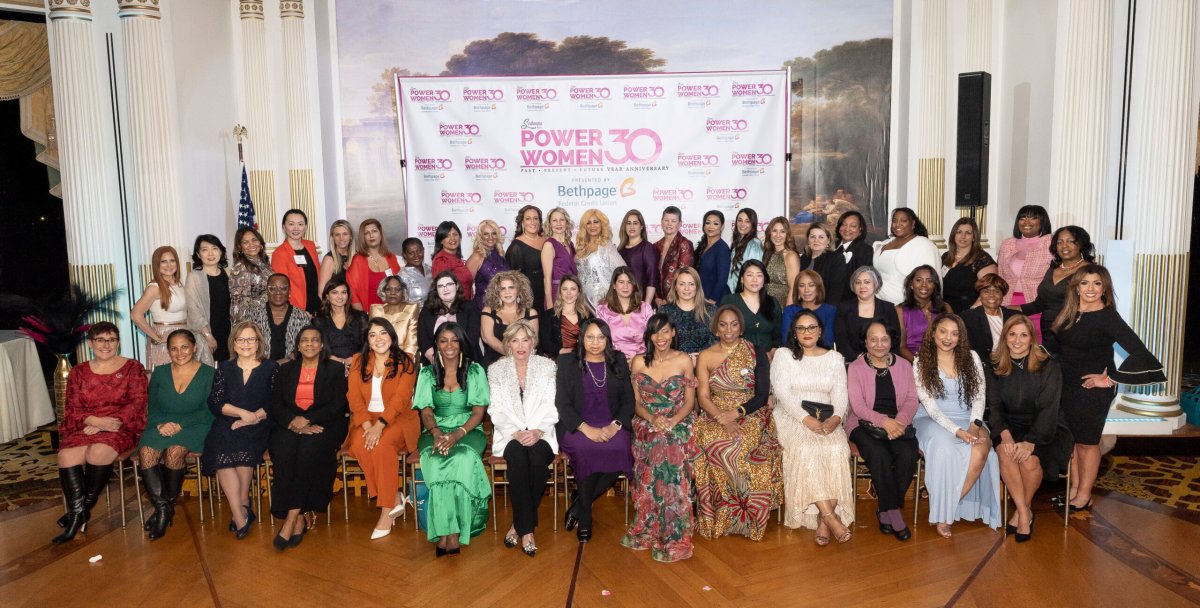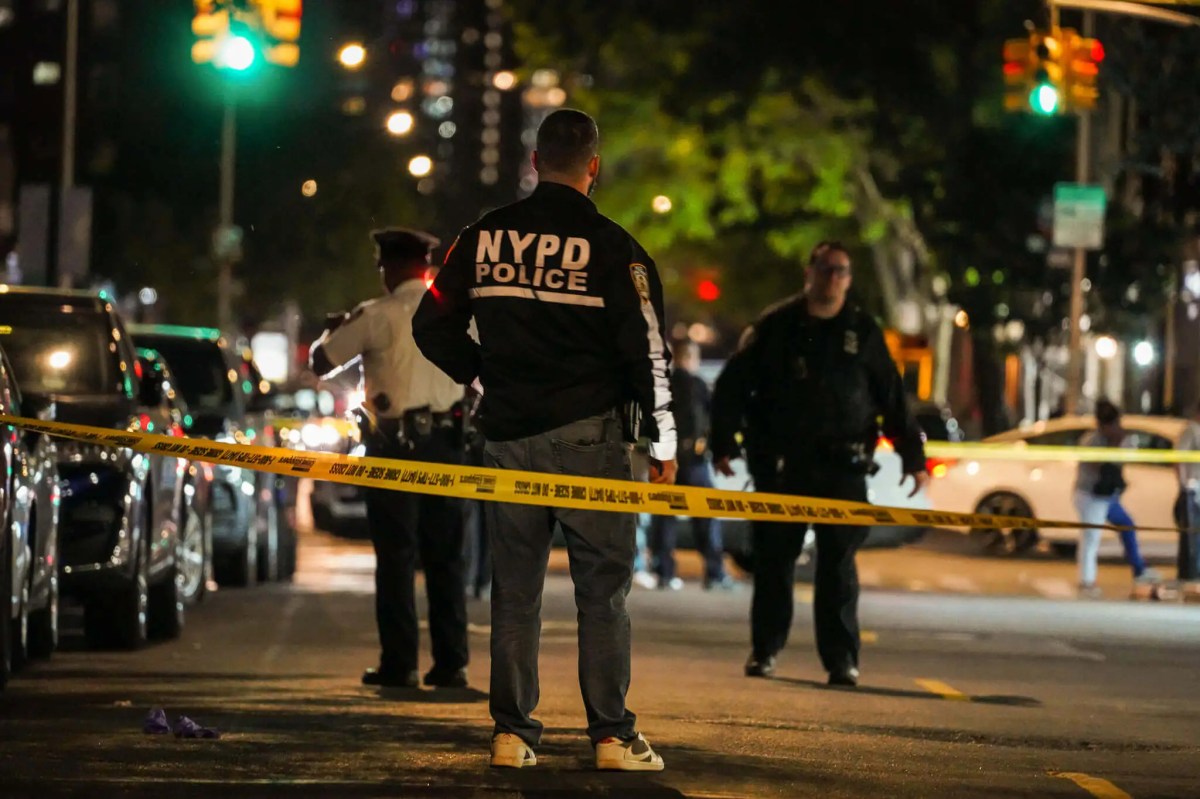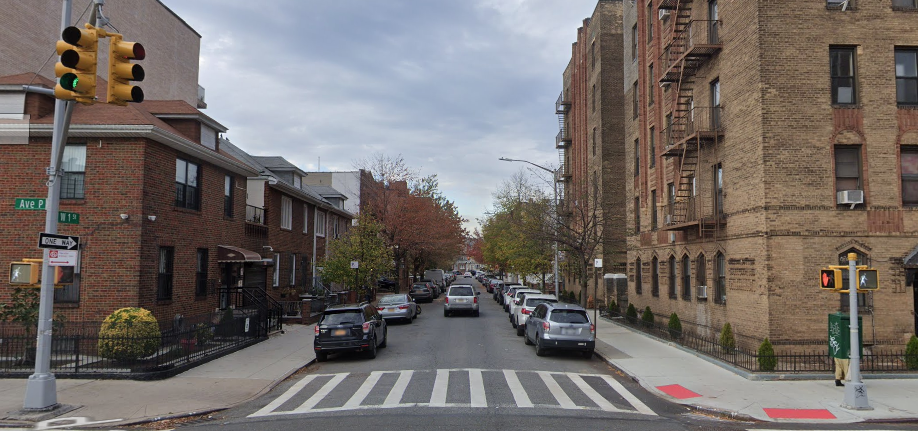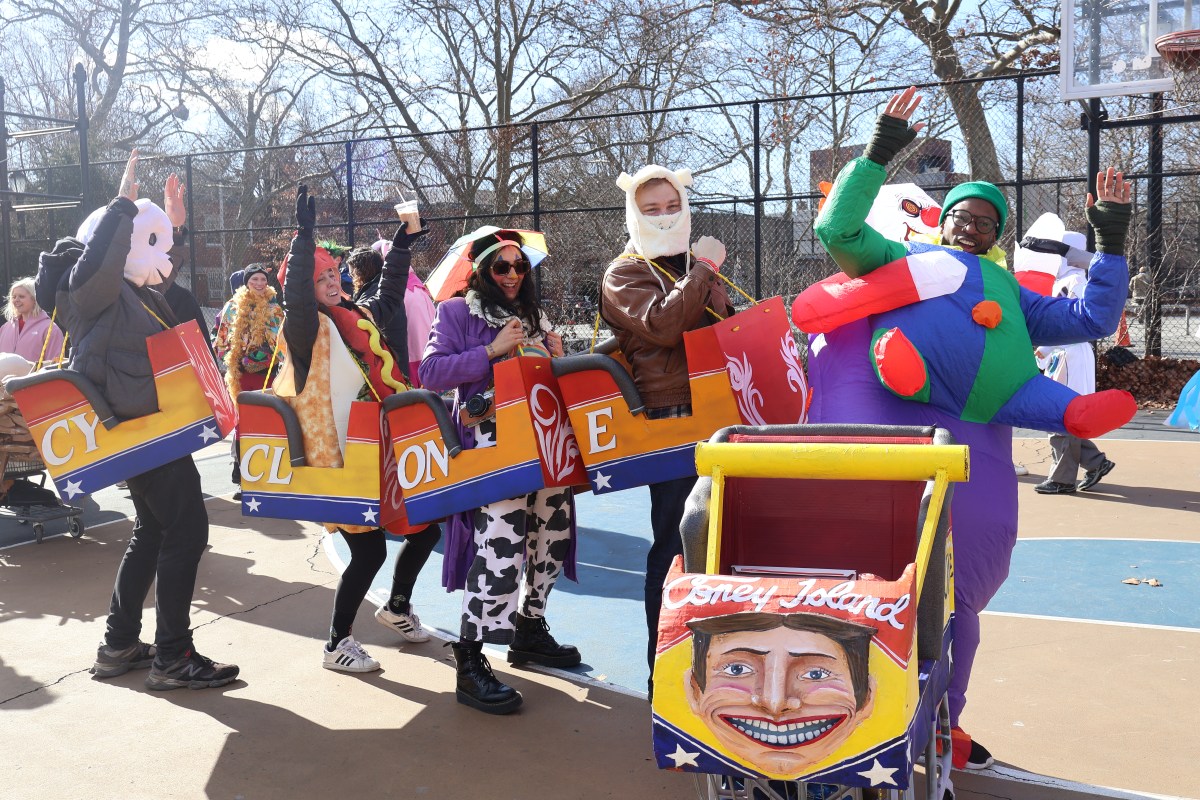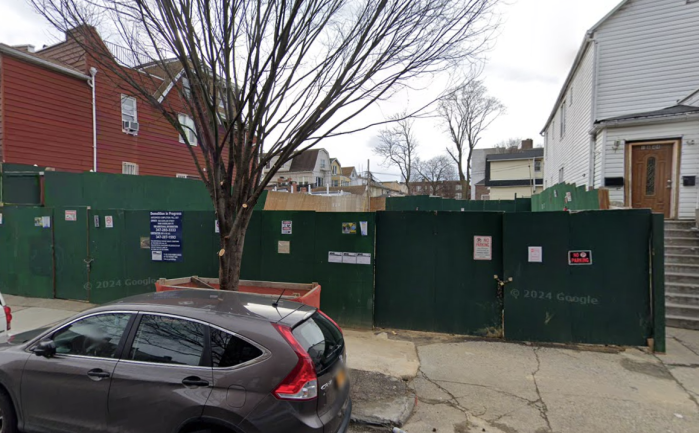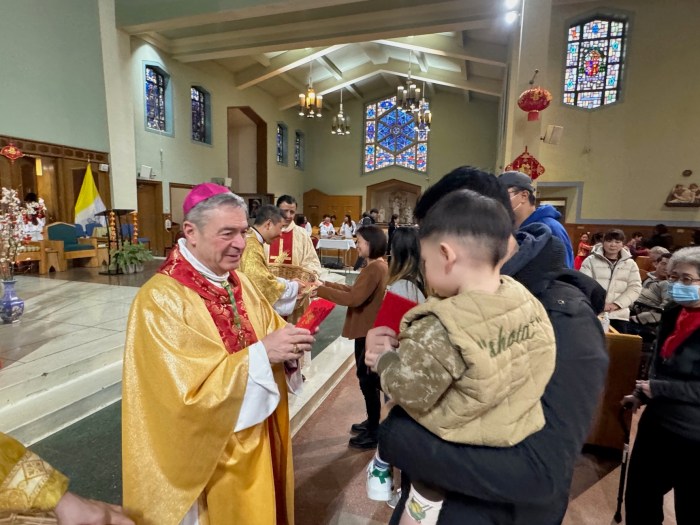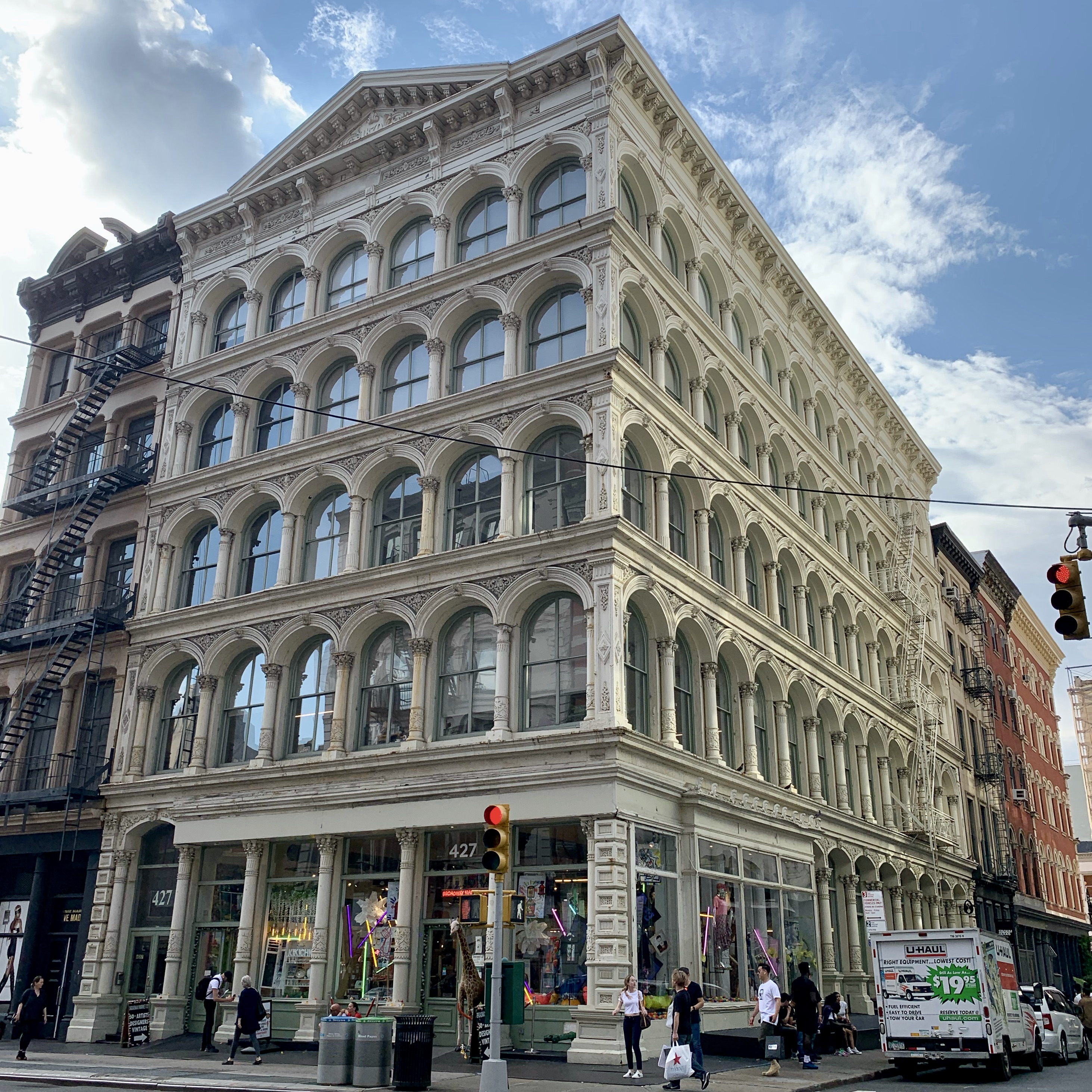
BY GABE HERMAN | Released on Wednesday, the city’s Envision Soho/Noho report suggests exploring new housing on underused land, bringing in a wider range of businesses, and possibly creating an arts and cultural district for ways to improve and update the neighborhoods.
The report, which was released after a six-month process of gathering community input, largely outlines the same topics that were presented at a June public hearing by consultant Jonathan Martin and is based on three principles: “Improve quality of life,” “Encourage Neighborhood Diversity,” and “Promote Economic Vitality.” The full report can be found at envisionsohonoho.nyc.
“Home to artists and entrepreneurs, shoppers and makers, SoHo and NoHo are among New York City’s most historic mixed-use neighborhoods,” said Marisa Lago, the director of the Department of City Planning, which co-sponsored the process with Manhattan Borough President Gale Brewer and Council Member Margaret Chin.
Lago added, “With an eye to creating affordable housing, cleaning up outdated zoning codes and ensuring that these communities thrive for decades to come, residents, property owners, retailers, advocates and local elected officials all weighed in on this report, which is aimed at guiding future planning work.”
The plan suggests adding protections for current renters and those in rent-regulated units, including better tenant harassment protections and exploring ways to give rental assistance to low-income artists and other residents, to encourage neighborhood diversity.
The report recommends to affirm the area’s artistic character, possibly through creating an arts and cultural district, and to provide financial support for the arts, with tax incentives raised as one suggestion. It’s also suggested to help small businesses by reducing regulatory barriers.
It also recommends keeping current permits for artist residency under the JLWQA (Joint Live-Work Quarters for Artists), while creating a path to legalize residency of non-artists living in that area. Modernizing the artist certification process should be explored, the report says, along with connecting artists to affordable housing and affordable live-work arrangements, and possible property tax abatements to help the artist community.
“For six months, community leaders, local artists, property and business owners, elected officials and city agencies came together to chart out a future for two of New York’s most iconic neighborhoods—SoHo and NoHo,” said Chin. “Our collective efforts are reflected in this report, but the conversation does not end with its publication. I will continue to engage all the stakeholders as we explore the potential next steps for SoHo and NoHo together.”
The report also says that new housing should be explored on underused land, including affordable housing for artists and others, while making sure the height and scale of the buildings are in context with the neighborhood and its historic character.
“The SoHo/NoHo area has a rich and vibrant history, but it’s clear that work needs to be done to lay the foundation for its future,” said Brewer when the report was released.
For promoting economic vitality, the report calls for a wider range of uses for commercial ground floor spaces, while keeping the 10,000 square foot cap on retail. The door is left open for possible exceptions to the size limit, which could apply to some pockets based on further studies.
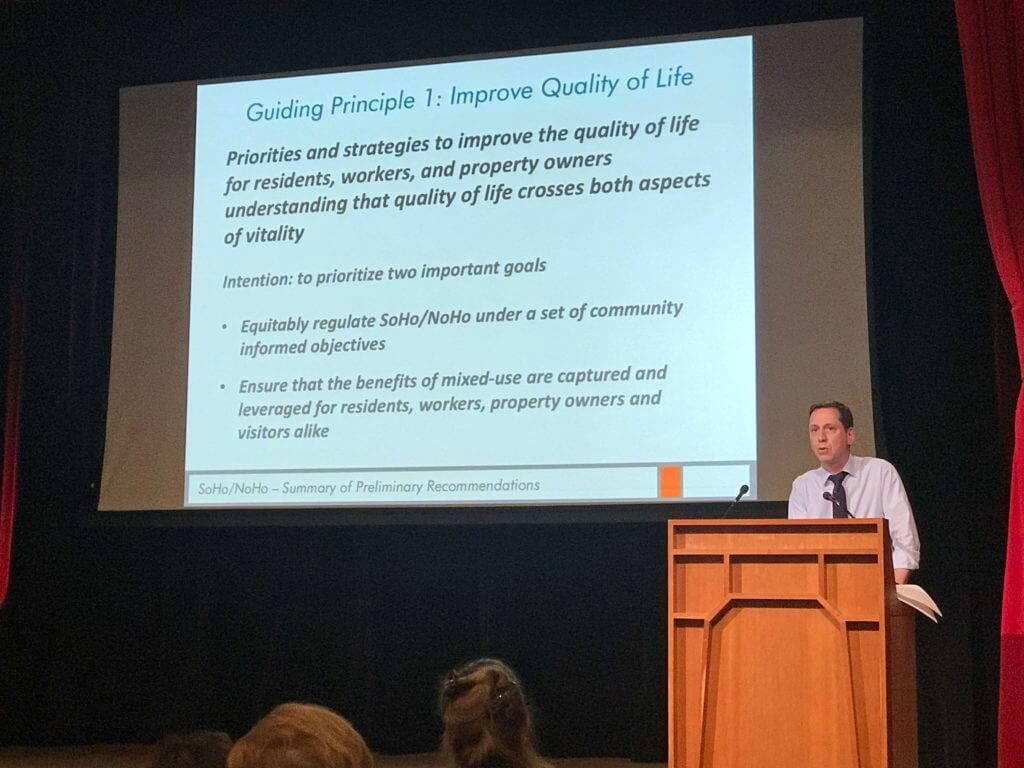
For improving quality of life, the report outlines areas to be addressed including sidewalk congestion and the need to regulate vendors and deliveries, improving methods of garbage pickup, and creating more greenery, open space and pedestrian-friendly areas.
The next step in the process will be the January meeting of the CB2 Land Use Committee, which will be attended by DCP, Brewer and Chin.




